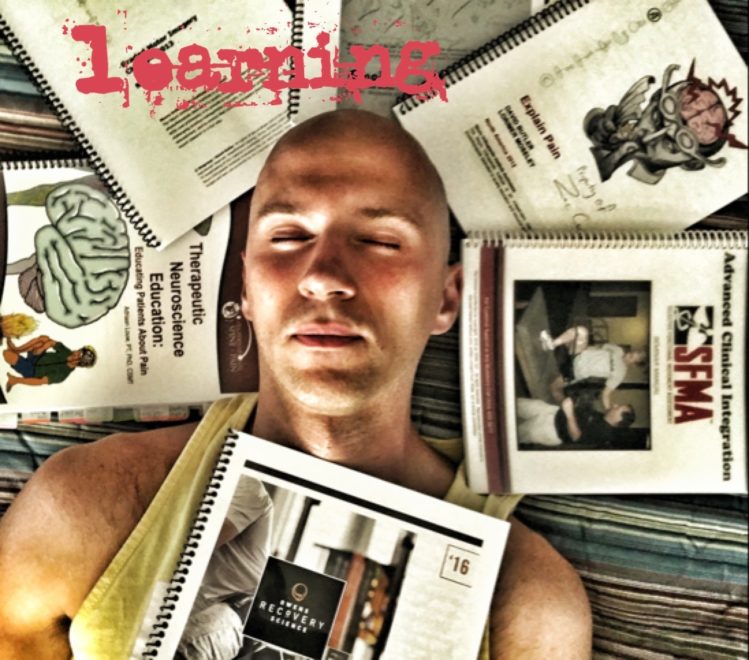Tag: seminar

Continuing Education: The Complete Guide to Mastery
75 That’s my number. No, not that number. 75 is the number of continuing education classes, conferences, home studies,…
Course Notes: The Elite Speed Seminar
I just finished up the Elite Speed Seminar at what has become my home away from home, Indianapolis Fitness and…
